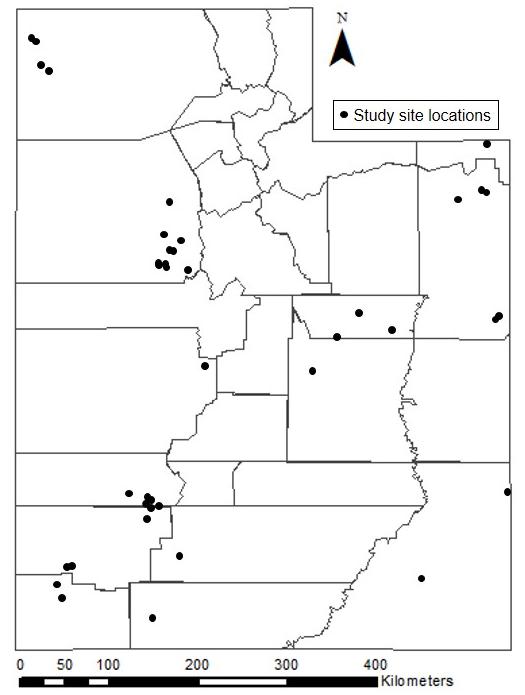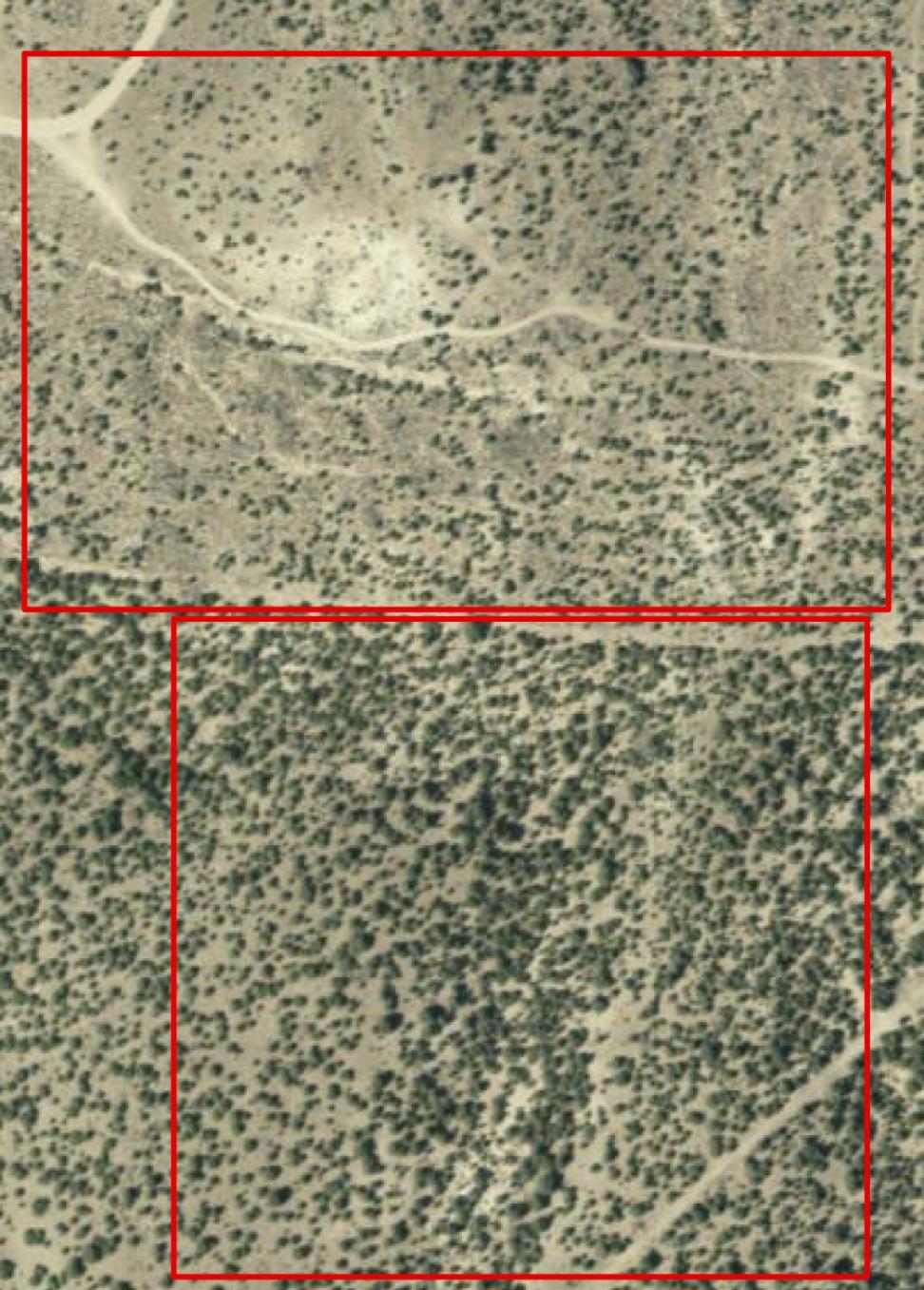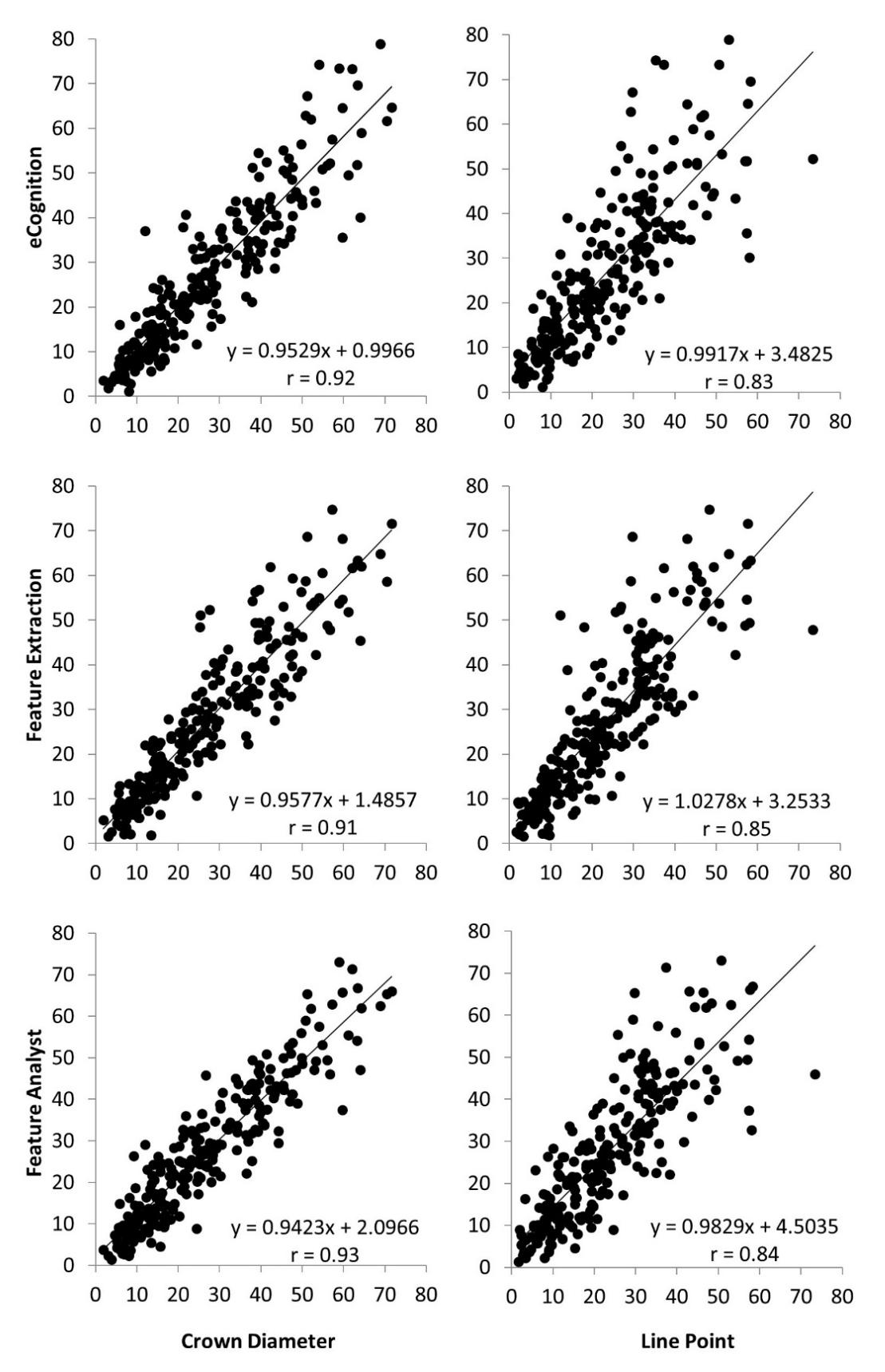1.
Introduction
In 1870, an American astrophysicist by name Jonathan Homer Lane first published the Lane–Emden type equations [1] and were further explored by a Swiss theoretical physicist (astrophysicist and meterologist) Robert Emden in 1907 [2]. They used the equations to describe the internal structure of gaseous spheres.
The standard form of Lane–Emden differential equation is given by [3]
This equation is a singular initial value problems relating to second order differential equations, used to describe the theory of singular boundary value problem. The Lane–Emden equation best depicts and describes a wide range of phenomena in mathematical physics, chemistry, and astrophysics, specifically in the areas of theory of stellar structure, thermal explosion, the thermal behaviour of a spherical cloud of gas, isothermal gas spheres and thermionic currents [4,5]. For recent stochastic model applications, the authors in [6] adopted a design of Morlet wavelet neutral network to find a solution of second order Lane–Emden equation. Other stochastic models for singular Lane–Emden equations include [7,8,9,10].
Next, we review some other numerical and analytical methods of solutions to both the standard and fractional Lane–Emden type equations in literature. In 2013, the authors [11] constructed a second kind Chebyshev operational matrix algorithm to give numerical solutions of a class of linear and nonlinear Lane–Emden type singular initial value problems; in 2014, the same authors in [12] used shifted ultraspherical operational matrices of derivatives to give solutions of singular Lane–Emden equations arising in astrophysics; and in 2018, another set of authors in [13] developed an algorithm based on operational matrix of integration for Jacobi polynomials and collocation method to obtain an approximate solution of nonlinear Lane–Emden type equations arising in astrophysics. In a recent development, the authors in [14] were able to successfully propose a computationally effective approximation technique based on Bessel matrix representation and collocation points to find numerical solution of a nonlinear, singular second-order Lane–Emden pantograph delay differential equation. Other recent numerical methods of solving Lane–Emden type equation include the use of ultraspherical wavelets methods [15], the use of spectral Legendre's derivative algorithms [16], etc.
Now, one could ask, why the fractional Lane–Emden differential equation? It is known that fractional derivatives are needed in order to best describe the dynamics of materials in fractal medium, to capture the long-term memory effect and long-range interactions of systems, the apparent importance of fractional derivatives in modeling mechanical and electrical properties of real materials, and in the description of properties of gases, liquids and rocks, see [17,18,19,20] and their references. Consequently, the authors [3] in 2012, generalized Eq (1.1) to a nonlinear-singular fractional Lane–Emden system
where λ≥0,0<α≤2,0<β≤1,f:[0,1]×R→R,g:[0,1]→R are continuous, A,B constants and Dα,Dβ are Riemann–Liouville fractional derivatives. The fractional Lane–Emden equation is of a significant importance in the accurate modeling of real-life phenomena. For example, the nonlinear singular fractional Lane–Emden systems have been applied in a novel design of fractional Meyer wavelet neutral networks [21].
Many researchers have employed different approaches and methods in formulating the analytical solution to the fractional Lane–Emden equations. Recently in 2022, the author in [22] studied analytical solution to a class of fractional Lane–Emden equation using a power series method. Another analytical solution involves the method of Laplace transform [5]. The author in [3] imployed a numerical method of collocation to give approximate solution of the fractional Lane–Emden equation. Some other numerical methods have also been developed to give approximate solutions of fractional order Lane–Emden-type differential equations. These methods include matrix method in terms of generalized Bessel functions and based on suitable collocation points [23], the homotopy perturbation using Adomian decomposition method [24] and Polynomial Least Square Method (PLSM) which gives an analytical approximate polynomial solution of fractional Lane–Emden differential equations [25].
In this paper, as a motivation, we seek to find a simplified and an alternative formulation of analytical solution to a fractional Lane–Emden type equation and consider the following
where 0<β<α<1,LCDαa+ and LCDβa+ are Liouville–Caputo fractional derivatives, and ϖ:[a,T]×R→R is Lipschitz continuous. In contrast to the known fractional Lane–Emden equations, Eq (1.2) is a singular initial value nonlinear fractional Lane–Emden type equation relating to first order differential equations.
Remark 1.1. (1) The novelty of the paper is that it is the first to apply this analytical method in solving nonlinear singular fractional Lane–Emden type equation. The advantage of using the fractional product rule and fractional integration by parts formula is that it is simple, straightforward and less complicated; the only downside is that the method was unable to capture all the usual order 0<α≤2, because of the positive requirement of 1−α in Γ(1−α) in our formulation.
(2) Our results are performed at approximation of the singular point since we have some terms in our solution kernel that are not defined at 0.
The paper is organized as follows. Section 2 contains the preliminaries and formulation of the solution; and in Section 3, we give the main results of the paper. Section 4 contains some examples to illusrate our main results and Section 5 provides a short summary of the paper.
2.
Preliminaries
Here, we present definitions of some basic concepts. See [26] for more concepts on fractional calculus.
Definition 2.1 ([27]). Let a<b be positive real numbers and f:[a,b]→R be an integrable function. The left sided Katugampola fractional integral of order α and parameter ρ is given by
Remark 2.2. For ρ=1, one gets the Riemann–Liouville fractional integral of order α>0 of a function f:[a,b]→R given by
provided that the integral exists and finite.
Definition 2.3. ([28]). The Riemann–Liouville fractional derivative of order 0<α<1 of a function f:[a,b]→R is given by
provided that the integral exists and finite.
Definition 2.4 ([27]). Let a<b be positive real numbers, ρ>0,α∈R+ and n∈N such that n−1<α<n, and f:[a,b]→R is a class of Cn function. The left-sided Caputo–Katugampola fractional derivative of order α and parameter ρ is defined by
Remark 2.5. For n=1 and ρ=1, then the Liouville–Caputo fractional derivative of order 0<α<1 of a function f:[a,b]→R is given by
provided that the integral exists and finite.
Lemma 2.6 ([28]). The relationship between the Liouville–Caputo and Riemann–Liouville derivatives is
When n=1, it implies that k=0 and
For an example, if a function f:[a,b]→R is given by f(t)=tν. Then
Theorem 2.7 ([27]). Let y∈Cn[a,b], then we have
For a function y∈C[a,b] and ρ=1, we have
The following is a generalized fractional integration by parts formula:
Theorem 2.8 ([27]). Let f∈C[a,b] and g∈Cn[a,b] be two functions. Then
In particular, for n=1 and ρ=1,
Definition 2.9 ([29,30]). For μ,υ>0, one defines the incomplete beta function by
It also has a representation in terms of a hypergeometric function given by
Definition 2.10 ([31]). The regularized incomplete beta function is defined by
satisfying the following properties:
● I(τ,μ,υ)=I(τ,μ+1,υ−1)+τμ(1−τ)υ−1μB(μ,υ),
● I(τ,μ,υ)=I(τ,μ+1,υ+1)−τμ(1−τ)υ−1υB(μ,υ),
● I(τ,μ,υ)=I(τ,μ+1,υ)+τμ(1−τ)υμB(μ,υ),
● I(τ,μ,υ)=I(τ,μ,υ+1)−τμ(1−τ)υυB(μ,υ),
● I(τ,μ,υ)+I(1−τ,υ,μ)=1,
● I(1,μ,υ)=1 and I(τ,μ,υ)∈[0,1].
Here, we make sense of the solution to Eq (1.2).
Lemma 2.11. The solution to fractional Lane–Emden type equation (1.2) is given by
Proof. Apply the fractional integral operator Iαa+ on both sides of Eq (1.2) to obtain
From Eq (2.2) in Theorem 2.7 and Eq (2.1), we have
By Eq (2.3) in Theorem 2.8, we obtain
Apply the product rule on Dβa+((t−s)α−1sβ−α) as follows
Therefore, from Eq (2.4), one gets
Using the cosecant identity Γ(α)Γ(1−α)=πcsc(πα)=πsin(πα), we obatin
Alternatively, by the property of Beta functions B(1−α,α)=Γ(1−α)Γ(α)Γ(1−α+α)=Γ(1−α)Γ(α), one writes the solution as
and the desired result follows.
Now, we define the norm of φ by
3.
Main results
We start with the following global Lipschitz condition on ϖ(.,φ) as follows:
Condition 3.1. Let 0<Lipϖ<∞, and for all x,y∈R, and t∈[a,T], we have
We set ϖ(t,0)=0 for convenience only.
3.1. Existence and uniqueness result
The existence and uniqueness of solution to our Eq (1.2) will be proved by Banach's fixed point theorem.
To begin, we define the operator
and show that the fixed point of the operator A gives the solution to Eq (1.2).
Lemma 3.2. Let φ be a solution to Eq (1.2) and suppose that Condition 3.1 holds. Then for β+1>α and 0<β<α<1,
with positive constant
Proof. We take absolute value of the Eq (3.2) to obtain
Applying Eq (3.1) of Condition 3.1, we have
where B(.,.,.) is an incomplete Beta function. Now, applying the property of a regularized incomplete Beta function I(z,a,b)≤1 for all 0<z<1, we have B(z,a,b)=B(a,b)I(z,a,b)≤B(a,b). Thus, for all 0<a<t, we have
Taking supremum over t∈[a,T] on both sides, we get
and the result follows.
Lemma 3.3. Let ψ and φ be solutions to Eq (1.2) and suppose that Condition 3.1 holds. Then for β+1>α and 0<β<α<1,
Proof. Since the proof follows same steps as the proof of Lemma 3.2, we omit the details to avoid repetition.
Theorem 3.4. Let β+1>α and 0<β<α<1; and suppose Condition 3.1 holds. Then there exists a positive constant c1 such that for c1<1λLipϖ, Eq (1.2) has a unique solution.
Proof. By fixed point theorem, one has φ(t)=Aφ(t). So, using Eq (3.3) of Lemma 3.2,
This gives ‖φ‖[1−c1λLipϖ]≤ν and therefore, ‖φ‖<∞ if and only if c1<1λLipϖ.
On the other hand, suppose ψ≠φ are two solutions to Eq (1.2). Then, from Eq (3.4) of Lemma 3.3, one obtains
Thus, ‖ψ−φ‖[1−c1λLipϖ]≤0. But 1−c1λLipϖ>0, it follows that ‖ψ−φ‖<0, which is a contradiction and therefore, ‖ψ−φ‖=0. Hence, the existence and uniqueness result follows from contraction principle.
3.2. Upper growth bound
In 2005, Agarwal et al. in [32], presented the following retarded Gronwall-type inequality:
Theorem 3.5 (Theorem 2.1 of [32]). Suppose that the hypotheses of (Theorem 2.1 of [32]) hold and u(t) is a continuous and nonnegative function on [t0,t1) satisfying (3.5). Then
where rn(t) is determined recursively by
and Wi(x,xi):=∫xxidzwi(z).
Remark 3.6. Now, consider the case where n=2. If
then
with r2(t)=W−11[W1(r1(t))+∫b1(t)b1(t0)maxt0≤τ≤tg1(τ,s)ds].
Here, take w1(u(s))=w2(u(s))=u(s),b1(t0)=b2(t0)=t0=a and b1(t)=b2(t)=t.
Thus, we estimate the upper growth bound on the solution.
Theorem 3.7. Given that Condition 3.1 holds. Then for all t∈[a,T],a>0 and c2,c3>0, we have
with c2=λLipϖΓ(1+α−β)1aα−β,c3=λLipϖΓ(β−α+1)αB(1−α,α)1aα, for 0<β<α<1 and β+1>α.
Proof. From the proof of Lemma 3.2, it was obtained that
Since sβ−α and s−α are both decreasing for 0<β<α, we have
Let h(t):=|φ(t)|, for t∈[0,T] to get
Now, we apply Theorem 3.5 to (3.6). For W2, we have that
For convenience, we take x2=1 and W2(x)=lnx with the inverse W−12(x)=ex. Similarly, W1(x)=lnx with its inverse W−11(x)=ex.
Also, a(t)=ν and a′(t)=0, so r1(t)=ν. Next, define non-negative functions g1,g2:[a,T]×[a,T]→R+ as follows:
and
For a≤s<τ and given that α−β−1<0, then g1 is continuous and decreasing, hence,
and we have
Also, for a≤s<τ, and for all α<1, g2 is continuously decreasing, and
Thus,
and this completes the proof.
4.
Examples
Here, we give examples to illustrate Theorem 3.4.
(1) Let α=35 and β=25 and define the nonlinear Lipschitz continuous function ϖ:[a,T]×R→R by ϖ(t,φ(t))=sin(φ(t)) with Lipschitz constant Lipϖ=1. Then the fractional Lane–Emden type equation
has a unique solution whenever
or for all λ such that 0<λ<0.214734.
(2) Suppose α=23 and β=13 and define ϖ:[a,T]×R→[0,∞) by ϖ(t,φ(t))=|φ(t)| with Lipϖ=1. Then the fractional Lane–Emden type equation
has a unique solution for
or for all λ in 0<λ<0.184622.
5.
Conclusions
A new analytical technique of solution to a nonlinear singular fractional Lane–Emden type differential equation which involves the use of fractional product rule and fractional integration by parts formula applying the fractional integral operator was considered. Our proposed analytical method is easier and straightforward to apply when compared to other analytical methods of solutions. Furthermore, we study the estimation of the upper growth bound (exponential growth in time) of the solution using retarded Gronwall-type inequality, and the existence and uniqueness of solution to the nonlinear fractional Lane–Emden type differential equation using Banach's fixed point theorem. For further studies, one can investigate the asymptotic behaviour of the solution, estimate the lower growth bound of the solution, the continuous dependence on the initial condition and the stability of the solution. Moreso, one can seek to extend this method for the singular IVPs relating to second order differential equation, that is, for 0<α≤2.
Acknowledgements
The author gratefully acknowledges technical and financial support from the Agency for Research and Innovation, Ministry of Education and University of Hafr Al Batin, Saudi Arabia. The author also acknowledges the reviewers for their comments and suggestions.
This research is funded by the University of Hafr Al Batin, Institutional Financial Program under project number IFP-A-2022-2-1-09.
Conflict of interest
The author declares no conflicts of interest.

















 DownLoad:
DownLoad: